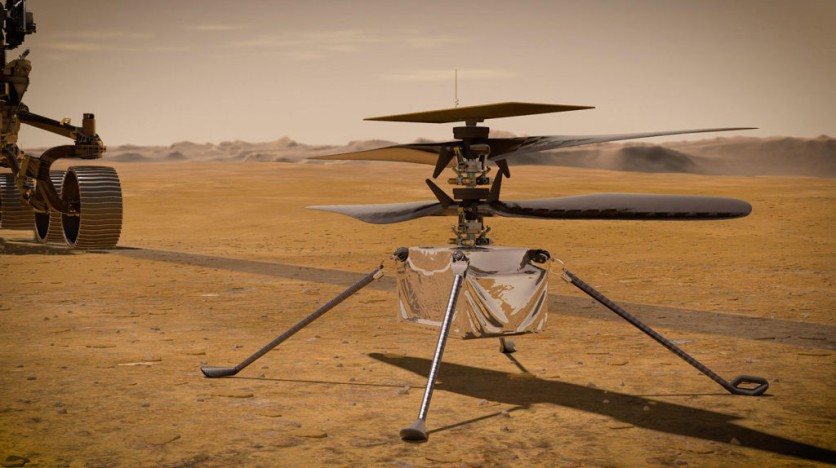NASA aims to bring tiny rock samples collected by the Perseverance rover back to Earth for study. Therefore, they need to keep track also of the original orientation in the host rock. To do that, the rover is engaging in a bit of graffiti on the red planet, as reported by CNET.

Perseverance used a laser that is part of its SuperCam instrument to zap three dots in the shape of the letter L into a rock last month.
Currently, the rover is investigating an ancient river delta that may give the best chance of finding evidence of past microbial life on the planet. With that, the rock samples are very crucial to this. The rocks can also help researchers reconstruct the history of Mars' magnetic field and its impact on the atmosphere.
The laser marking technique will enable scientists to understand the original directions of the magnetic domains of the samples. This is because, for fine-grained rock surfaces, there may be nothing to distinguish the rotational orientation, which is why they implemented the laser marking technique.
They chose capital L because it's simple and easy. However, the rover can actually etch all sorts of messages into the planet, but NASA is more interested in using its energies for science.
Also Read: NASA Perseverance Rover Discovers Mysterious Rock on Mars, Scientists Astounded on Formation
The NASA Perseverance Mission
This is a part of the Mars Exploration Program. The mission will explore regions of the planet that are less explored and have the potential to have preserved signs of ancient life.
As of now, the rover has already covered a little more than a third of the intended track planned by the scientists. To do this, it had to drive back to move a total of 7.9 miles.
The mission is also testing the tools and techniques that are planned to be used by the Mars rover. The goal is to put the scientific instruments, the drill, and the caching system, on the Martian surface. It is the first time that NASA will attempt caching samples on the surface of Mars.
All the tools and techniques developed for this mission will be used by the rover as well as the new caching system.
This new system will allow it to collect and store samples of rock, soil, and air from the surface of Mars. This will give scientists a chance to examine the samples in more detail back on Earth.
The mission has already earned itself a huge list of discoveries about Mars. However, it's the future missions of Mars that will likely determine the answers to the greatest questions of all, "Is there life on Mars?" or "Was there life on Mars?" and if there is, then what happened to it?
Related Article: NASA Perseverance Rover Films Stunning Video of Solar Eclipse on Mars
This article is owned by TechTimes
Written by April Fowell




